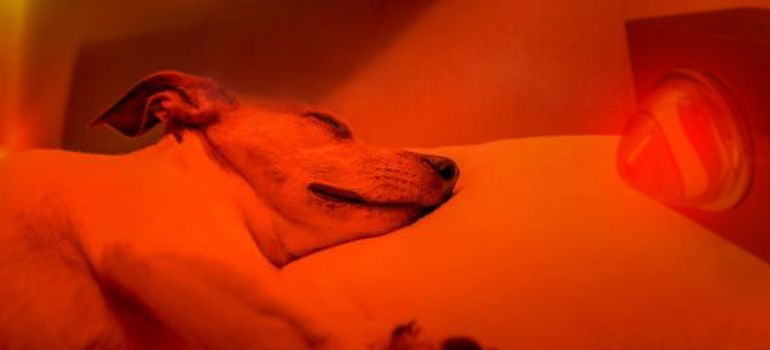Indoor trees have the remarkable ability to transform your living space into a lush, vibrant oasis, even if you have limited natural light. They not only add a touch of nature to your home but also offer a myriad of benefits, from improving air quality to reducing stress. In this article, we will explore the world of low light indoor trees, discussing their advantages, how to care for them, and popular varieties to consider for your indoor garden.
Benefits of Having Indoor Trees
Indoor trees are more than just eye-catching decorations. They offer numerous benefits:
- Improving Air Quality: Indoor trees help purify the air by absorbing pollutants and releasing oxygen, making your home healthier.
- Reducing Stress: The presence of greenery can have a calming effect, reducing stress and anxiety.
- Enhancing Aesthetics: They add natural beauty and sophistication to your interior decor.
- Boosting Creativity and Productivity: Indoor trees can inspire creativity and boost productivity.
- Humidity Regulation: They can help maintain optimal indoor humidity levels.
Choosing the Right Tree for Low-Light Conditions
Selecting the right low-light indoor tree is crucial. Consider factors such as:
- Light Levels: Determine the amount of natural light your space receives.
- Space Availability: Choose a tree that fits the available space.
- Personal Preferences: Opt for a tree that matches your aesthetic and care preferences.
- Low Maintenance: If you’re a beginner, choose a low-maintenance tree.
Popular Low Light Indoor Tree Varieties
Several indoor trees thrive in low-light conditions, including the following:
- Snake Plant: Hardy and adaptable, it can tolerate low light and is great for air purification.
- ZZ Plant: Another low-light champion that’s virtually indestructible.
- Ficus Benjamina: Known for its elegant weeping foliage.
- Dracaena: Comes in various forms, adding an exotic touch to your home.
- Pothos: A trailing vine that’s easy to care for and suitable for beginners.
Caring for Your Low Light Indoor Tree
Caring for your indoor tree is essential for its well-being. Here are some crucial tips:
Watering and Humidity Requirements
- Ensure the soil is evenly moist but not waterlogged.
- Water sparingly during the winter months.
- Use a humidity tray or mist the leaves to maintain humidity.
Temperature and Light Considerations
- Keep your tree away from cold drafts and direct sunlight.
- Ideal indoor temperatures are between 60-75°F (15-24°C).
Pruning and Maintenance Tips
- Prune dead or yellowing leaves regularly.
- Dust the leaves to keep them clean and help with photosynthesis.
Potting and Soil Selection
- Repot your tree when it outgrows its container.
- Use a well-draining potting mix to prevent root rot.
Common Issues and Troubleshooting
Low light indoor trees may face issues like pests or diseases. Be vigilant and address any problems promptly. Common issues include:
- Spider mites
- Mealybugs
- Overwatering
- Root rot
- Yellowing leaves
Decorative Ideas with Indoor Trees
Indoor trees can be used creatively to enhance your decor:
- Place them in decorative pots or planters.
- Use them as room dividers.
- Incorporate small trees on shelves or tables.
Health Benefits of Low Light Indoor Trees
Studies have shown that indoor trees can have positive effects on your health, including:
- Lowering stress levels
- Boosting mood
- Improving focus and productivity
- Enhancing air quality
Creating a Tranquil Indoor Oasis
With the right selection and care, low light indoor trees can turn your home into a peaceful sanctuary. Create a soothing environment by strategically placing your trees and incorporating natural elements into your decor.
Conclusion
Incorporating low light indoor trees into your living space is a wonderful way to improve your home’s aesthetics and your overall well-being. With the right choice of tree and proper care, you can enjoy the benefits of greenery even in low-light conditions. So, go ahead and bring a touch of nature indoors with these remarkable trees.

FAQs
1. Can indoor trees survive in low light conditions?
Yes, many indoor trees are well-suited for low light conditions and can thrive with minimal natural light.
2. How often should I water my low light indoor tree?
The watering frequency depends on factors like the type of tree, humidity, and temperature. It’s best to check the soil’s moisture level and water when it’s slightly dry.
3. Are indoor trees suitable for small apartments?
Absolutely! There are compact indoor tree varieties perfect for small spaces, such as the ZZ plant or snake plant.
4. Do indoor trees require fertilization?
Yes, indoor trees benefit from occasional fertilization during their active growing season. Follow the specific guidelines for your tree variety.
5. Can I keep indoor trees in my bedroom?
Certainly, many low light indoor trees, like the snake plant or pothos, are ideal for bedrooms as they also purify the air and add a calming touch to the environment.



